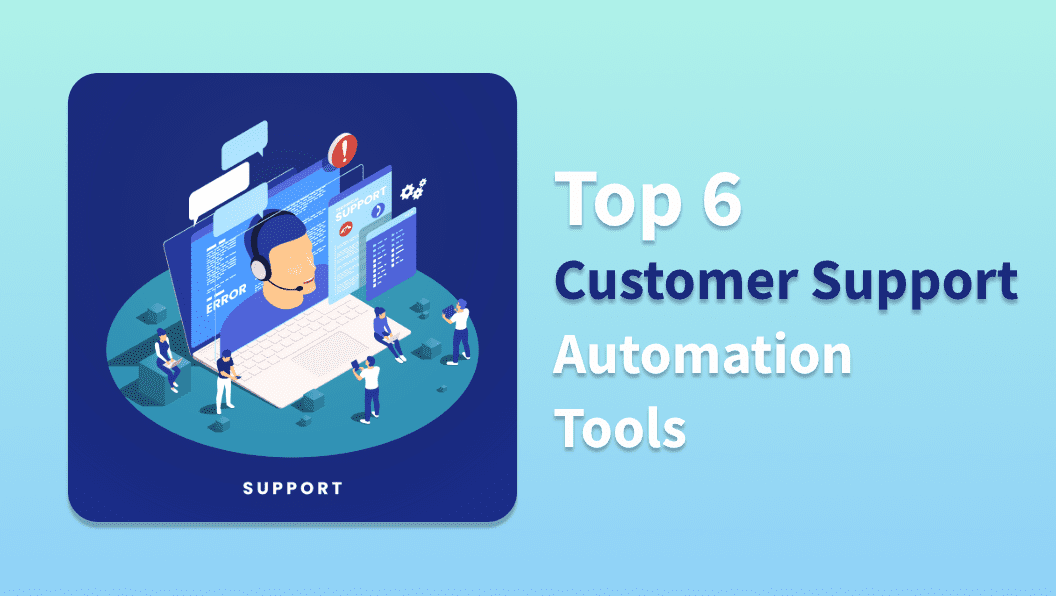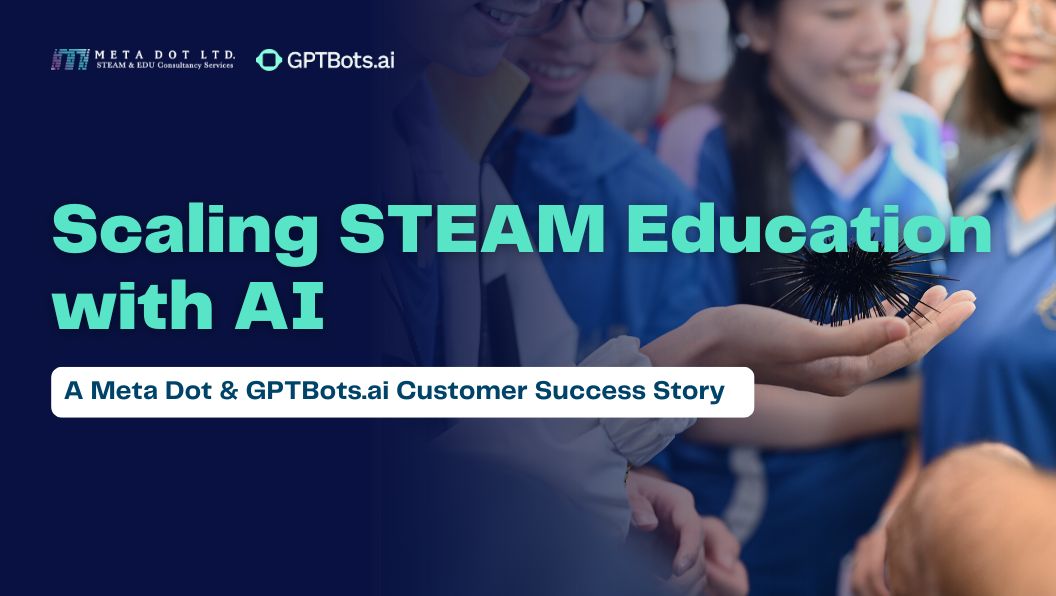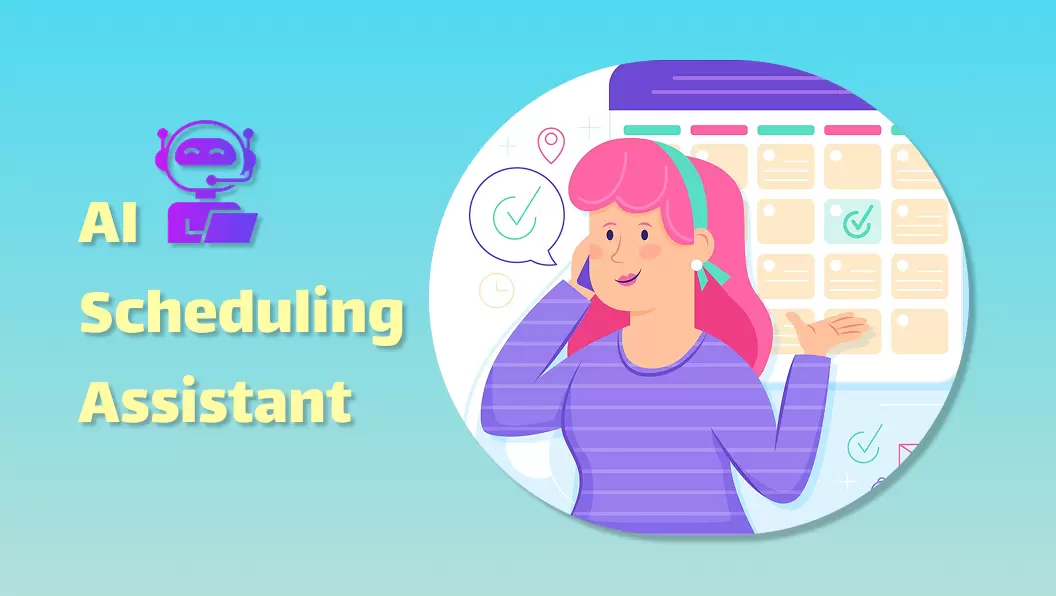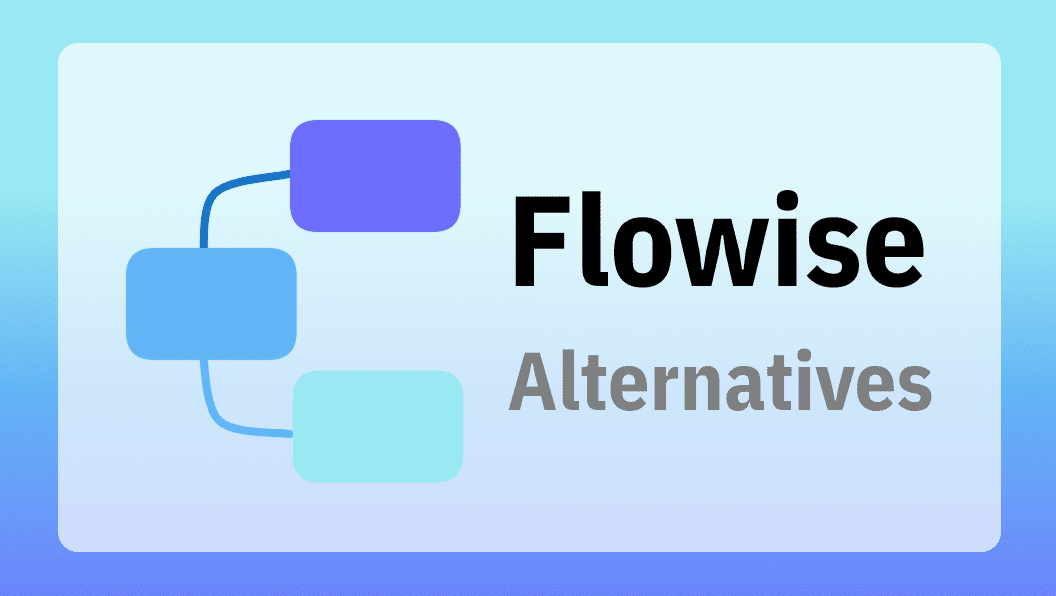AI: The Core Driving Force Behind Innovation in Home Appliances
AI has become the cornerstone of technological upgrades, product innovation, and user experience enhancement in the home appliance and consumer electronics industries. In this context, Hisense Hitachi, a leader in premium central air conditioning, partnered with the enterprise-grade AI Agent platform GPTBots.ai to develop and unveil its revolutionary AI-powered climate control system at a premier exhibition in Germany.
This collaboration signifies more than a technical partnership; it marks a pivotal evolution in the high-end appliance industry—from the era of passive "voice commands" to an AI-driven era of "proactive precision services" that deeply understand and anticipate user needs.
The Challenge: High-End Users Need an AI Butler, Not More Devices
In today’s luxury home market, consumers demand a "seamless" and "ultimate" comfort experience. However, the modern smart home remains a passive network of devices, trapped in a cycle of:
- Reactive Command Response: Devices can "hear" commands but fail to "understand" real-world context.
- Lack of Situational Awareness: When a user says, "I feel a bit warm," traditional systems merely process it as a voice command, ignoring environmental factors and user context.
- Demanding Manual Intervention: True luxury isn’t about teaching users how to communicate with machines; it’s about creating environments that proactively adapt to human needs.
- Shallow Semantic Understanding: Can only process explicit commands.
- Lack of Environmental Awareness: Ignores critical factors like humidity and temperature.
- Weak Decision-Making: Relies on precise instructions, resulting in passive, mechanical interactions.
- User Input: The identified need to cool down.
- Device Status: Real-time data on the air conditioner’s operation (e.g., power, temperature, mode, fan speed).
- Environmental Factors: Real-time weather, temperature, and humidity data.
Hisense Hitachi set out to address this global challenge by developing an AI capable of understanding sensory feelings and thinking like a human expert.
The Solution: Replacing "Passive Execution" with "Proactive Service"—GPTBots.ai Builds a Next-Generation Environmental Intelligence Center
To achieve this visionary goal, Hisense Hitachi leveraged GPTBots.ai to build a powerful "AI central nervous system" for its air conditioning system—an Environment-Aware Intelligent Agent capable of sophisticated reasoning and seamless hardware orchestration.
This revolutionary system transforms the traditional "voice-activated remote" into a cognitive "AI Environment Consultant."
Traditional Voice Solutions: The "Obedient Remote"
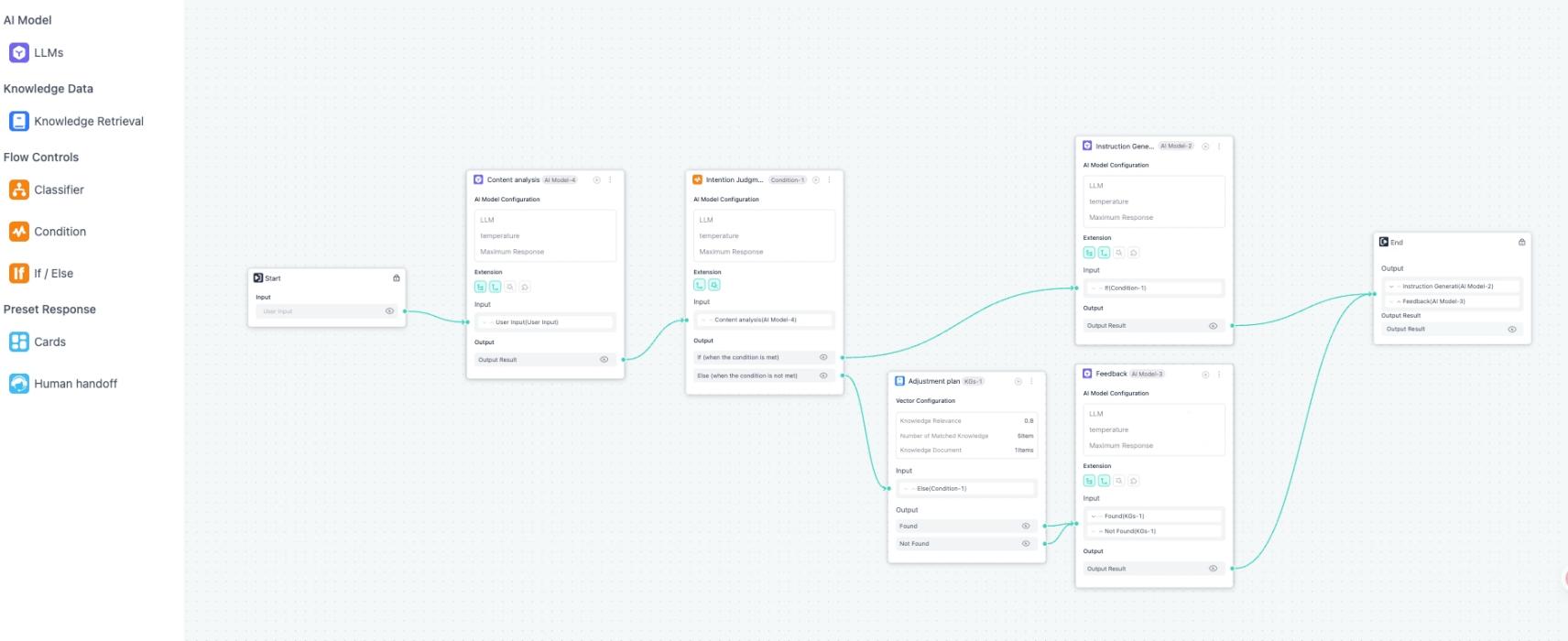
GPTBots-Powered System: The "Thinking AI Consultant"
In contrast, the AI-powered climate control system acts as a proactive thinker. It not only understands vague user feelings but also processes information from multiple perspectives like a human expert.
When a user says, "I feel a bit warm," this "AI brain" initiates an intelligent decision-making process that goes far beyond simple voice recognition:
Understanding Intent:
Using advanced Natural Language Processing (NLP), it identifies the user’s true need—to "cool down"—rather than simply matching keywords.
Analyzing Context:
Through API integrations, it gathers and synthesizes three critical data sets:
Proactive Recommendation and Confirmation:
Powered by GPTBots’ workflow engine, the AI reasons through the data to deduce the optimal solution. For example, if "user feels warm" + "AC is off" + "hot outdoor temperature," it suggests activating cooling mode. It confirms the action with the user in natural language, saying, "I sense you're feeling warm, and it's quite hot outside. Would you like me to turn on the air conditioner and set it to cooling mode?"
This complete interactive loop of "Perceive-Analyze-Infer-Confirm-Execute" elevates the system from a simple command executor to an intelligent partner that understands both the user and the environment.
Outcome and Industry Impact: Redefining High-End Service with AI
This collaboration not only generated significant attention at the German exhibition but also established a new benchmark for the smart appliance industry.
Key Industry Impacts:
From Device Control to an AI Butler:
This partnership demonstrates that AI can act as the "central nervous system" connecting all home devices. It transforms the home from a collection of "smart devices" into an "intelligent living ecosystem" capable of unified perception, reasoning, and action—a paradigm shift from "humans adapting to machines" to "environments proactively serving humans."
"Proactive Thinking" as the New Core Competency:
True luxury lies in making technology invisible. By replacing cumbersome remote controls and app operations with simple, natural conversations, AI establishes "seamless interaction" and "anticipatory service" as the core value standard for next-generation premium homes.
Professional Platforms Enable Large Model Implementation:
Leveraging GPTBots’ low-code platform, Hisense Hitachi developed a fully functional AI prototype in record time without building complex AI inference engines from scratch. This demonstrates that converting the vast potential of large models into precise, reliable business outcomes requires professional platforms like GPTBots to architect AI decision-making frameworks, integrate them into core business processes, and respond agilely to high-end user demands.
Laying the Foundation for All-Scenario Smart Living:
This technological validation establishes a robust foundation for future integration with additional devices (lighting, curtains, security systems) and scenarios. Tomorrow's homes will proactively adjust lighting, temperature, and air quality based on physiological data, daily schedules, or even vehicle locations, evolving into seamlessly connected "AI Health & Wellness Advisors."
The collaboration between Hisense Hitachi and GPTBots.ai sends a clear message to the market: the future of high-end home appliances lies not in feature accumulation but in the intelligence of the AI systems driving them. This AI-powered wave of innovation is fundamentally reshaping the DNA of industries across multiple sectors.


